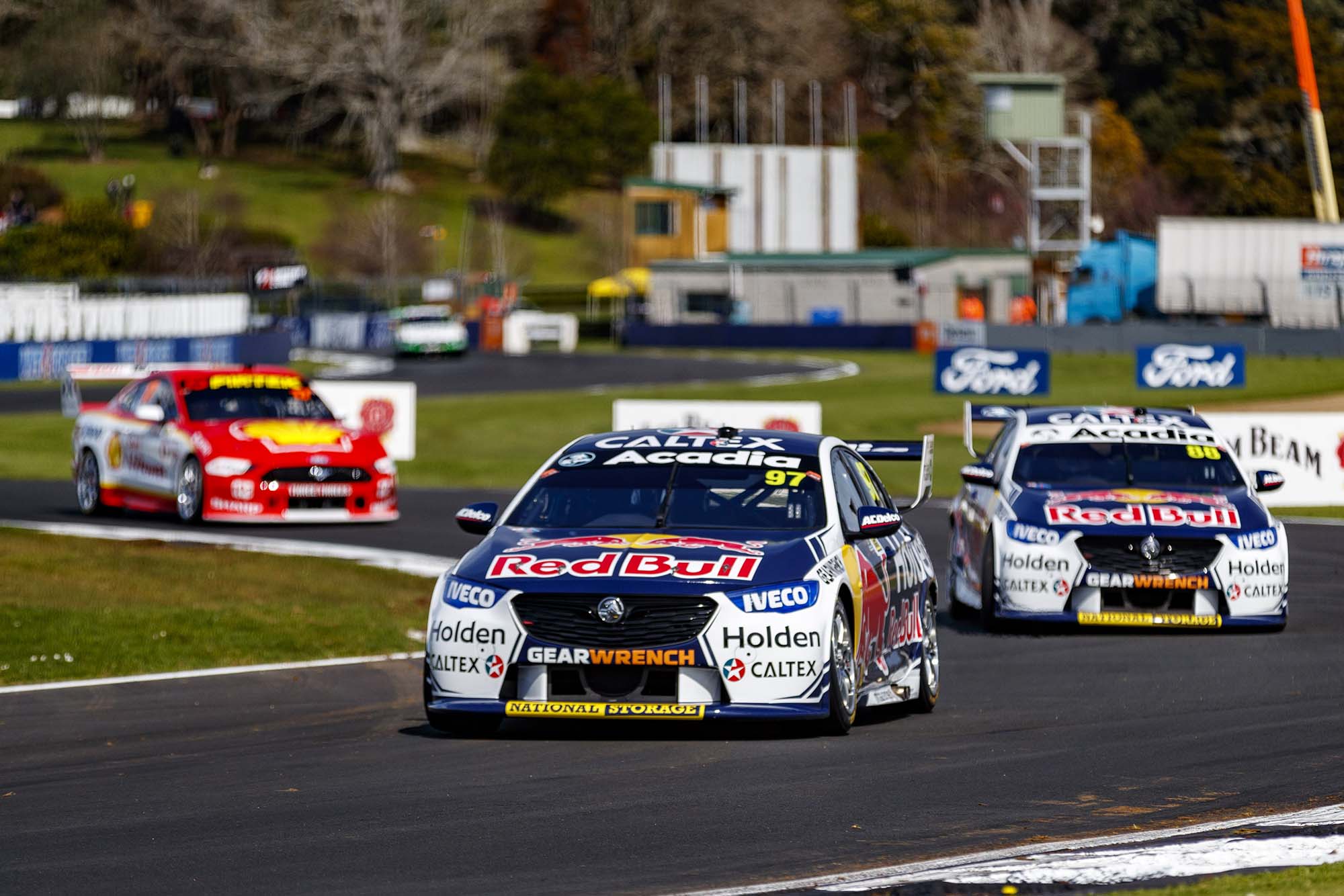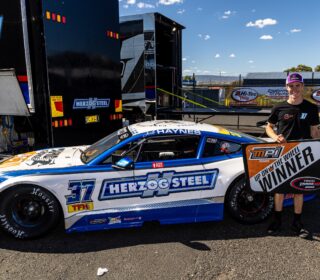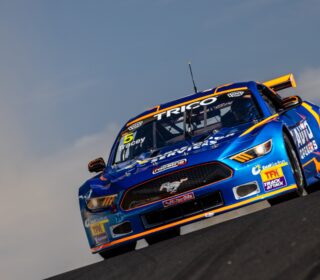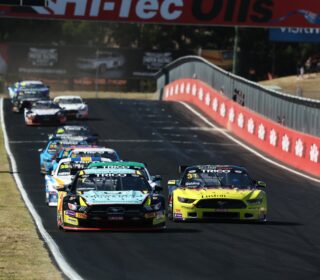ANALYSIS: THE FACTS BEHIND THE RACE 24 DRAMA

There’s no doubt that the weekend’s 24th race of the Virgin Australia Supercars Championship has set tongues wagging – rightly or wrongly, almost everyone is placed somewhere on the scale of being upset.
So here at The Race Torque, we are going to break down some of the facts behind the series of events that unfolded on and off the track.
Firstly, the shock from this incident can be attributed to the fact that this type of incident is rare.
Rewind 15 years, botched safety car deployments were par for course, but these days, race control get it right most of the time.
There are a several issues at play:
- The safety car missed picking up the race leader Scott McLaughlin, instead it merged onto the racetrack in front of second placed Jamie Whincup.
- Whincup took it upon himself to pass the safety car while the orange lights were still flashing.
- Subsequently, a portion of the field lost considerable time behind the safety car while the problem was sorted, which ultimately damaged the races of several would-be contenders.
The first issue, while not ideal, is not insurmountable.
As explained by Dave Stuart and Tim Schenken in their post-race download with Neil Crompton, when these situations arise, the cars are given the chance to regroup by a prescribed timing line on the circuit, so the correct running order can be ascertained.
Once the train has passed this point, cars that shouldn’t be behind the safety car can be motioned past.
The safety car rules aren’t secret squirrel – they are published on the Supercars website for all to see, especially by officials, teams and drivers.
You can peruse the them for yourself here or download the entire standing regulations here.
Triple 8 have called for a full investigation, which would start with why the safety car failed to pick up the leader.
Some of the underlying facts would include:
- As stated by Roland Dane in the telecast, Pukekohe Park Raceway has a long pit lane, as well as a short, fast lap.
- Not only does the track have a long pit entry, from the position the safety car is parked at pit exit to the merge onto the circuit is a considerable distance when compared to many tracks.
- Regarding the merge onto the circuit, the race cars in that section are doing 240km/h. Merging at 100km/h is a challenge for most humans, making this a somewhat difficult task.
- The line of sight from the second floor of the control tower is not good, it’s low and on the inside of a sweeping, fast corner. Consider for a moment the two most recent rounds at Queensland Raceway and The Bend Motorsport Park – both of these facilities have uninterrupted lines of sight to the entire track from race control.
- Therefore, race control would largely be reliant on TV pictures, and cars passing the timing sectors.
- The TV camera operators move when instructed by their director, not to the wishes of race control, making those images sometimes hard to rely upon.
- While several tracks on the calendar feature closed circuit television systems, we do not believe that Pukekohe is included on that list.
The one piece of this puzzle which has not been shown to date is when McLaughlin passed the safety car – was it a close-run thing on the racetrack, or was the safety car still in pit lane?
While this would have happened right in front of the noses of race control, it would have passed in a split second.
It would be nice to see a full review of proceedings presented for fans to help settle some of the ongoing debate around what worked and did not work in race control that Sunday afternoon. We’ll wait and see.
Jamie’s Pass
There is no doubt that Whincup passed the safety car when he wasn’t allowed – it’s as clear as orange and green.
It’s easy to argue that Whincup is the greatest Australian touring car driver of all time, it’s a fact that will largely dawn on the motorsport community when he has retired.
But geniuses have flaws.
There’s no doubt that Michael Schumacher is right in the conversation when it comes to listing the best of the best, seven world championships gives you that right.
However, his legacy will indelibly be marked by events such as the 1994 and ’97 title deciders, or even his qualifying fiasco at Monaco in 2006.
While totally different in nature, Jamie’s ignoring of team orders to save fuel at Bathurst 2014, not pitting and passing the safety car at Bathurst 2015, and this latest incident, are arguably three potential race wins lost.
That said, the win at all costs attitude that could have lost him three wins, has won him 114 races and seven titles.
You must take the good with the bad, and the good in this case should be the thing that he is remembered by.
The Rest
While reading the letter of the rules, the safety car did nothing wrong, the confusion following the Whincup move scrambled the race.
Instead of race control being on the radio to the safety car communicator instructing the green light to Whincup, you would imagine the safety car communicator would have been filling the airwaves with a report on car 88 passing under orange lights.
Any debrief and investigation would uncover the timeline as to why many of the cars were bunched behind the safety car for an extended period, instead of being waved through.
Winners and Losers
For every loser in the story, there was an opposite and equal winner.
When the safety car fell, it was smack bang in the middle of the opening round of pit stops, with a complicating factor being that a green flag pit stop, depending on relative position to the race leader, can cost the pitted car a lap.
This being said, when there was a safety car deployment in the Saturday race, at a similar time in the pit stop cycle, there were winners and losers, but not the wholesale aggravation from teams badly duped.
Kudos to Todd Hazlewood on his fifth-place result, ditto to Simona de Silvestro on her seventh, which leads to the tale of two races.
Prior to the safety car deployment on Sunday, de Silvestro, Jack Le Brocq, Macauley Jones and Garry Jacobsen were engaged in a close race for position in the opening laps, and all pitted on the same lap under safety car.
Upon the resumption of racing on lap 16, Le Brocq, Jacobsen and Jones were a lap down, in 21st, 22nd and 23rd, de Silvestro was placed eighth.
Even Scott Pye, who had a solid day in sixth, was fuming post-race, because for 21 laps he was stuck behind the train of three lap-down cars, which were not being displayed blue flags – a directive that must come from race control.
….
At the end of the day, race control and the competitors will learn from the experience.
It’s probably time to raise the debate about closing the pit lane entry when the safety car is deployed.
Yes – it might lead to teams taking a more conservative strategy approach, and possibly more double stacking under some circumstances, but this weekend’s situation would have been entirely mitigated.
Chat is good for the sport, passion is good, and everyone will be fired up for Bathurst.







